Life
Sign up for our newsletter
We summarize the week's scientific breakthroughs every Thursday.
-
 Genetics
GeneticsAncestral humans had more DNA
A new genetic diversity map marks where humans have gained and lost DNA.
-
 Animals
AnimalsFirst known venomous frogs stab with toxin-dripping lip spikes
Two Brazilian frogs jab foes with venoms more deadly than pit vipers'.
By Susan Milius -
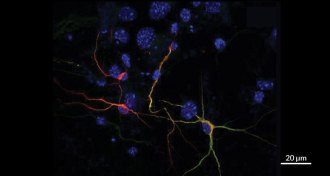 Life
LifeChemical magic transforms skin cells into nerve cells
Just a few chemicals can transform skin cells from Alzheimer’s patients and healthy people into nerve cells.
By Meghan Rosen -
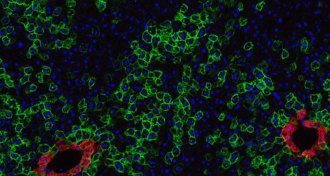 Life
LifeSource of liver’s ability to regenerate found
Scientists have identified stem cells behind the liver’s legendary ability to replenish its tissue.
By Nathan Seppa -
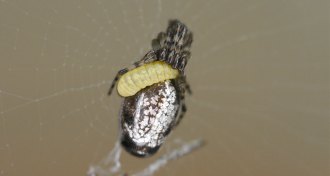 Animals
AnimalsParasitic wasp larva gets more than a meal from its spider host
Parasitic wasps coerce spiders to construct strong supports for cocoons.
-
 Chemistry
ChemistryPlants’ ‘don’t-eat-me’ chemicals no problem for earthworms
Newly discovered gut compounds called drilodefensins allow earthworms to pack in plant debris loaded with hazardous chemicals.
By Beth Mole -

-
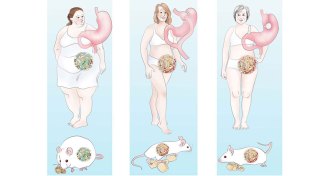
-
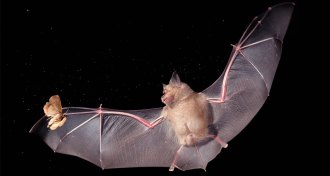 Animals
AnimalsLED lights make moths easy targets for bats
Bright LED lights may bewilder moths, making them vulnerable to predator attacks.
-
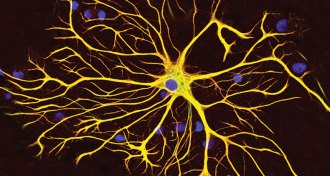 Neuroscience
NeuroscienceAstrocytes help speed up brain’s messages
Astrocytes may help speed nerve cells’ electrical messages.
-
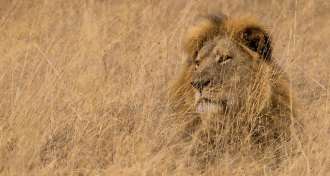 Animals
AnimalsDon’t let Cecil the lion distract from the big conservation challenges
Cecil the lion’s death rocketed across the news and social media. But there are bigger conservation challenges that need attention, too.
-
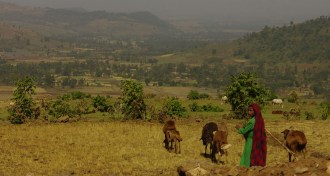 Genetics
GeneticsHow Ethiopian highlanders adapted to breathe thin air
Lower levels of a heart protein may help Ethiopian highlanders breathe thin air, researchers report.